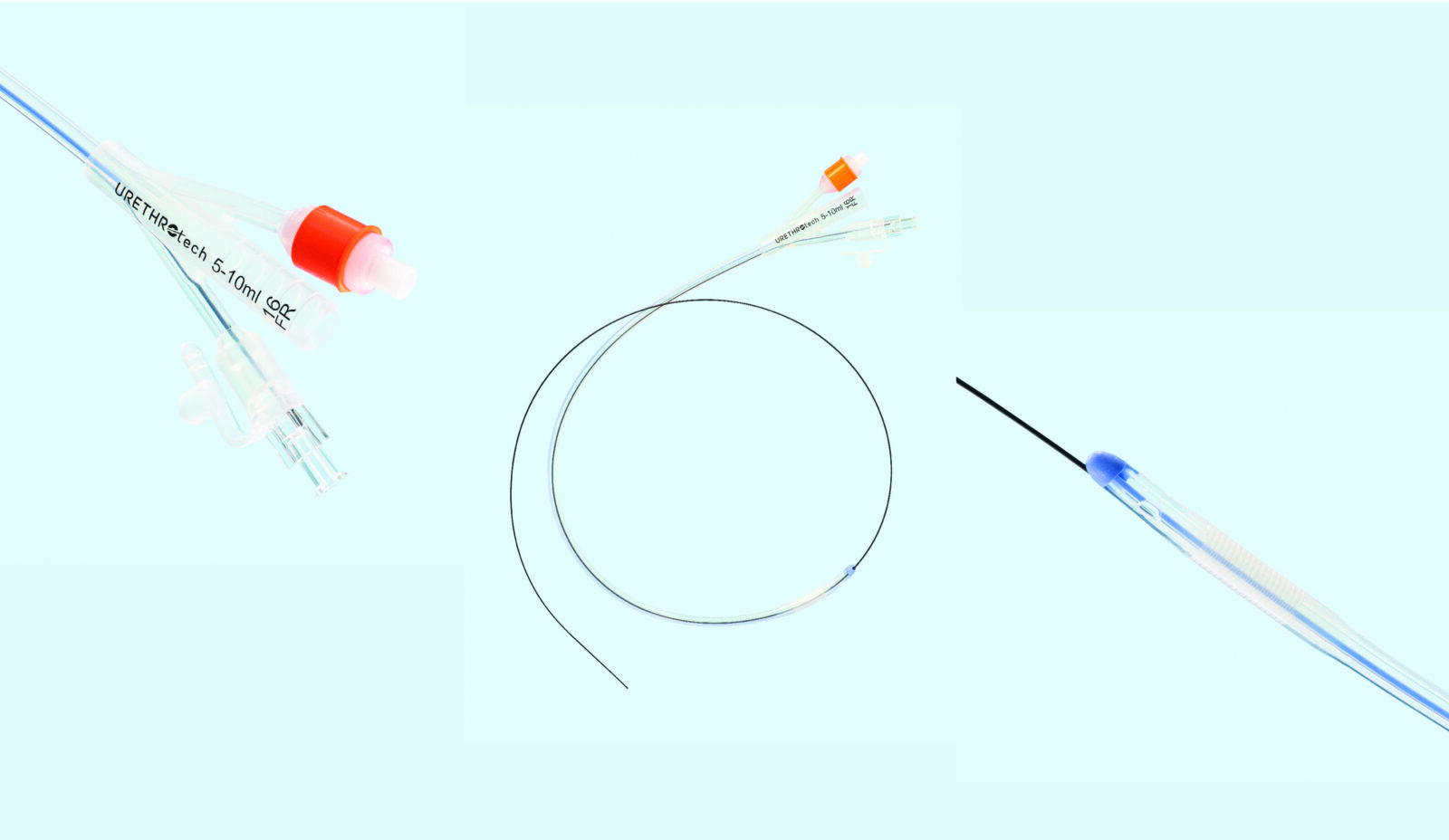
Patients can be catheterised before surgery or in the post operative period whilst they are recovering. With 3 in 1,000 men admitted to hospital suffering from urethral trauma during catheter insertion, it is important that the patient is seen to quickly and a ‘false passage’ during catheterisation is avoided. Urethral trauma can be caused by damage to the surrounding tissue due to the anatomical shape of the urethra. A solution was needed in our medical device range and thus, the UrethroTech UCD was born. The UrethroTech UCD is a second line male urethral catheter, indicated for use in adult male patients who have experienced difficult or failed catheterisation which is needed to empty the bladder.
UCD Advantages
Integrated Guidewire
Little Experience Required
Soft Guidewire Material
‘The advantage of this, over a do it yourself guidewire catheter device, is that you don’t have the guidewire down the central drainage channel. As a result of that, it doesn’t fill up the drainage channel at the upper end which may obstruct the drainage at the eyes of the catheters. This would prevent the important sign of urine emerging from the drainage channel at the other end when its in the bladder, because that how you know it’s in far enough and therefore that its safe to inflate the inflation channel.’ – Professor Tony Mundy, Professor of Urology [source: UrethroTechLtd]